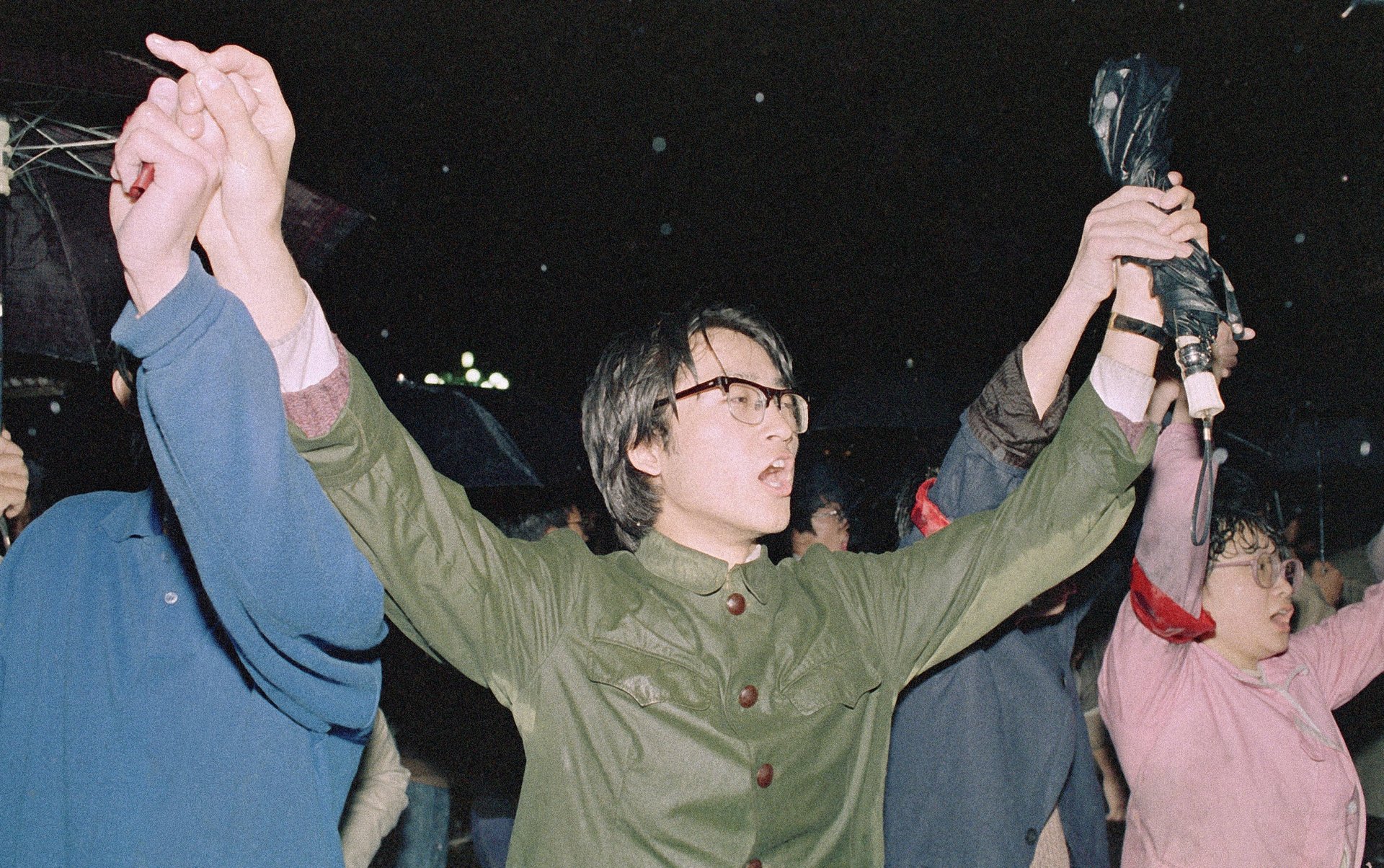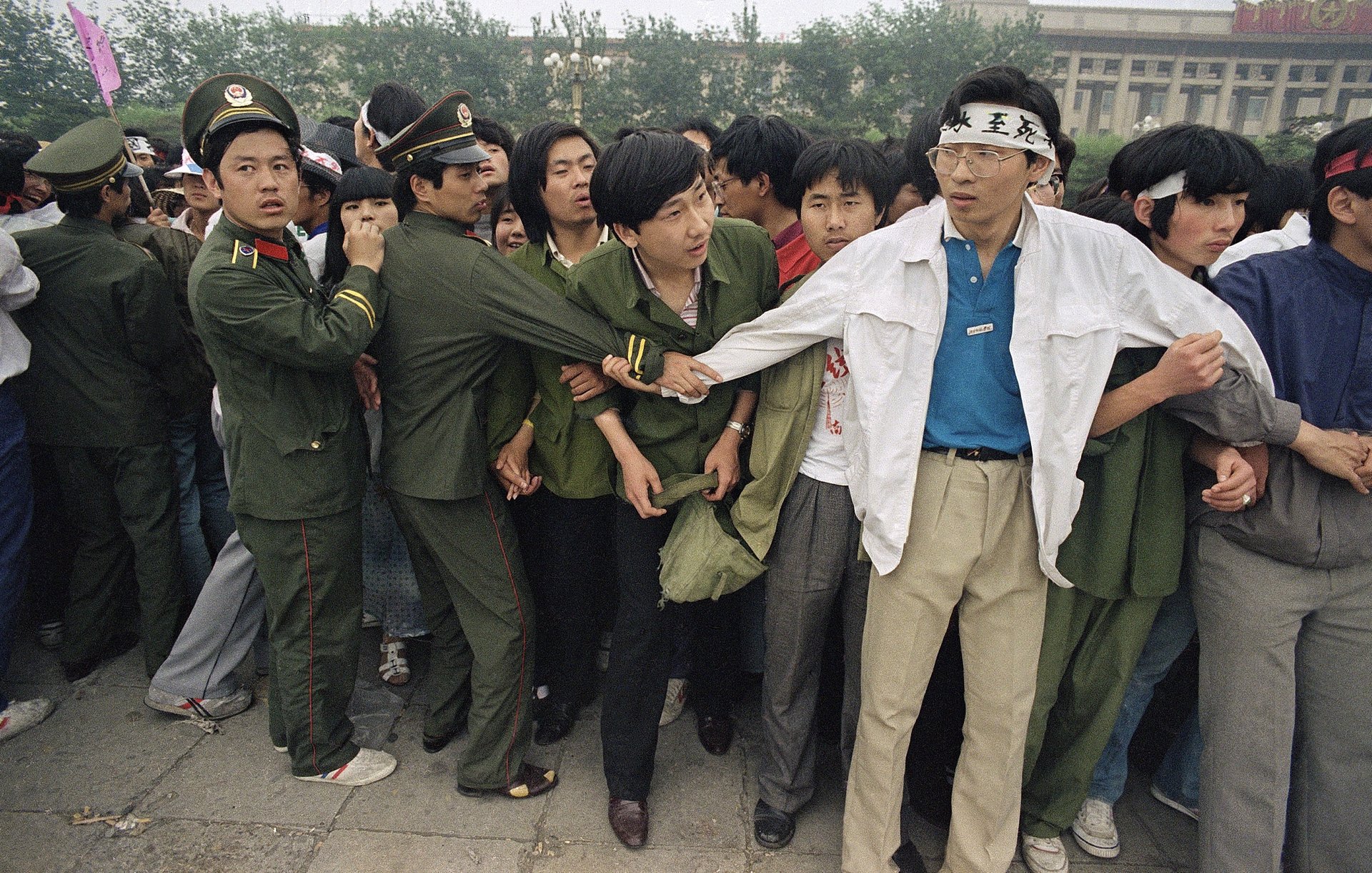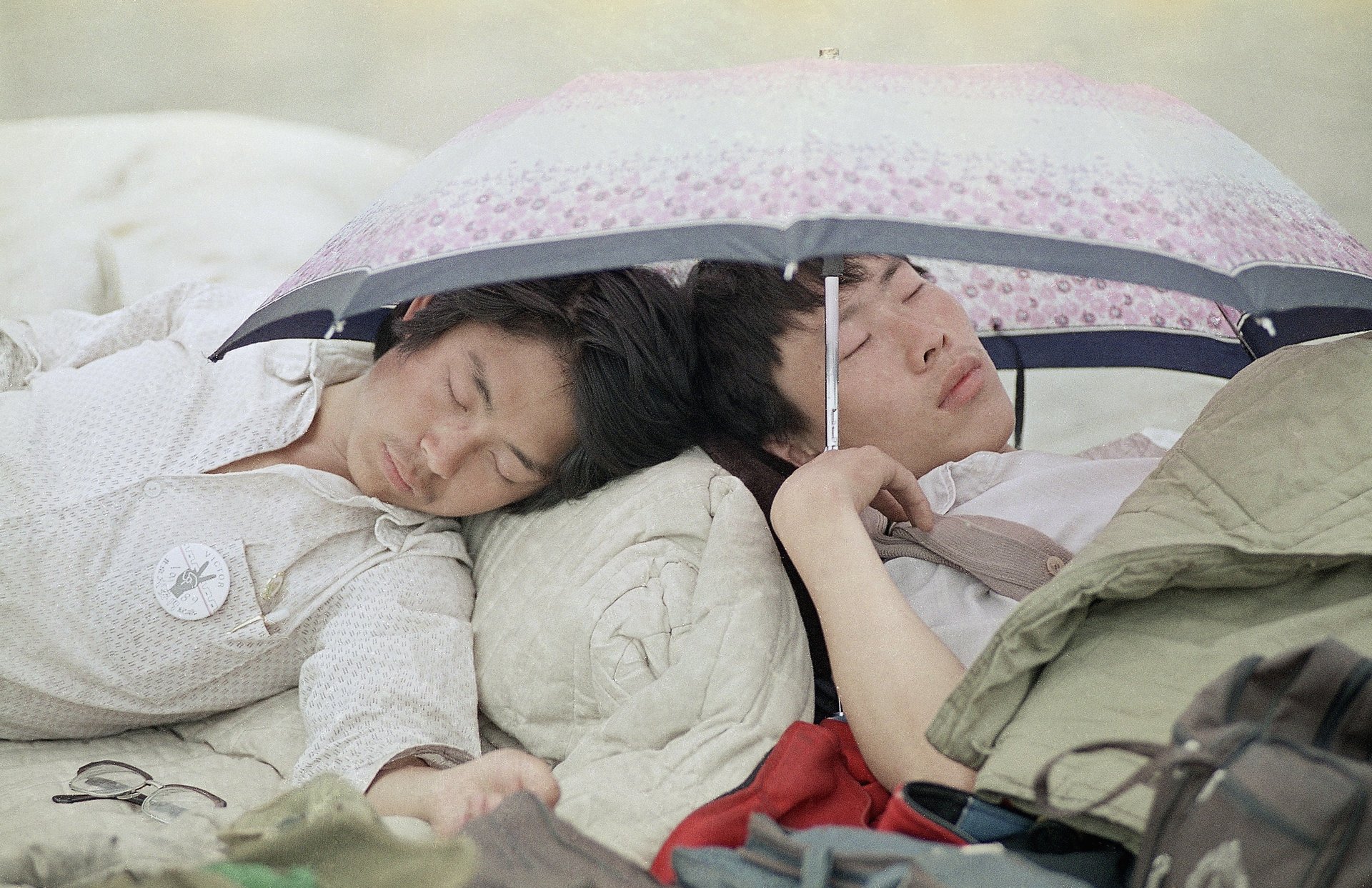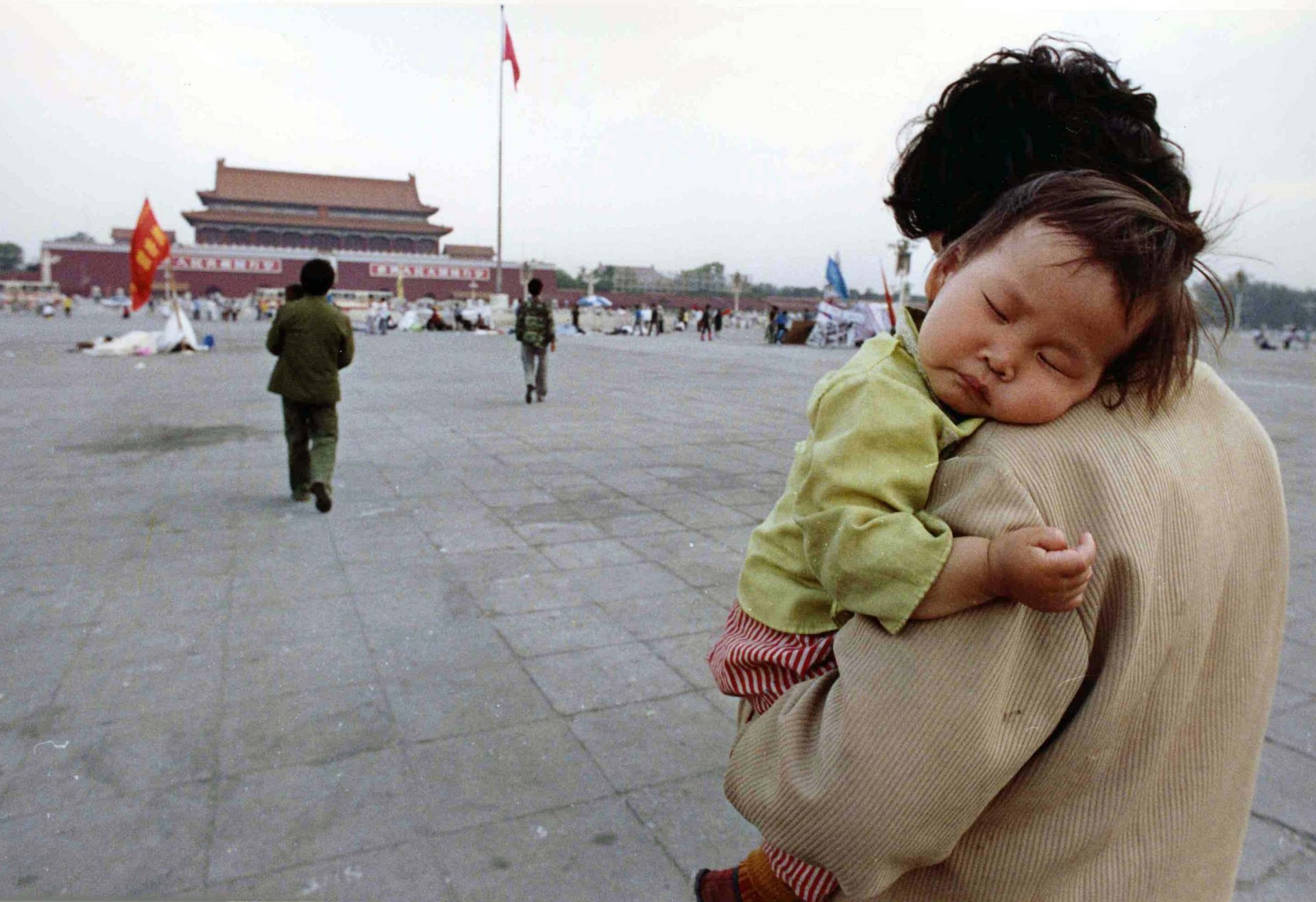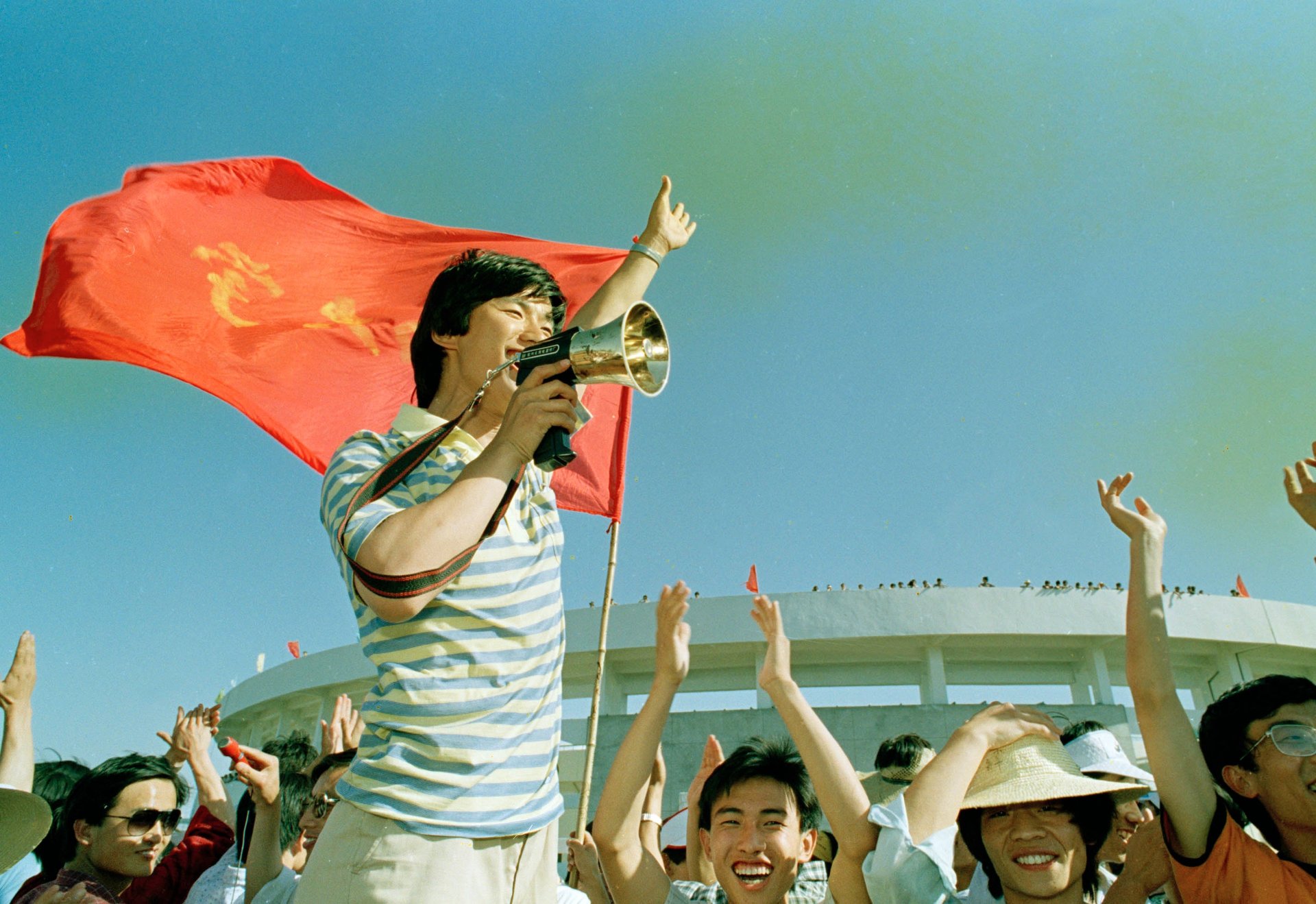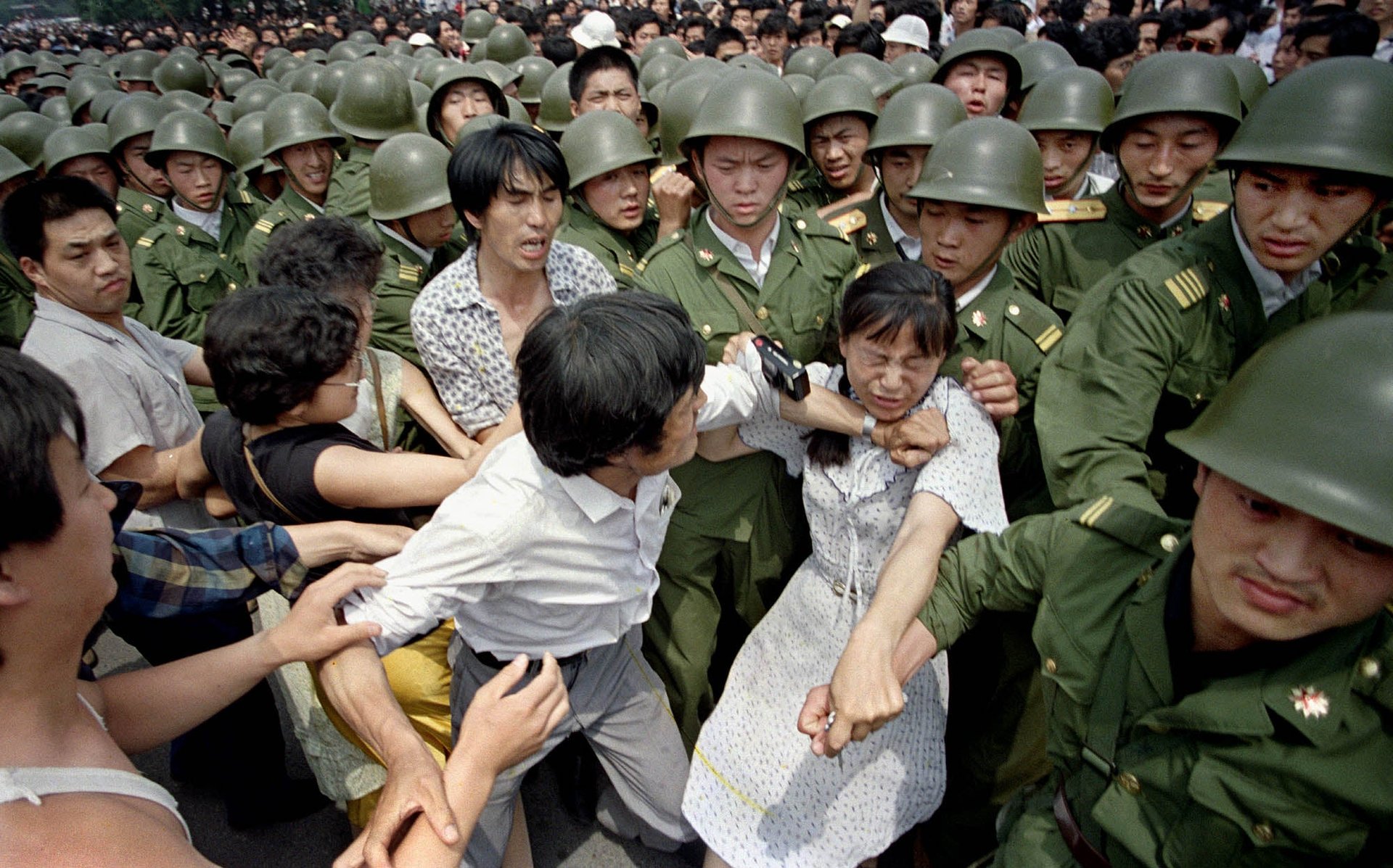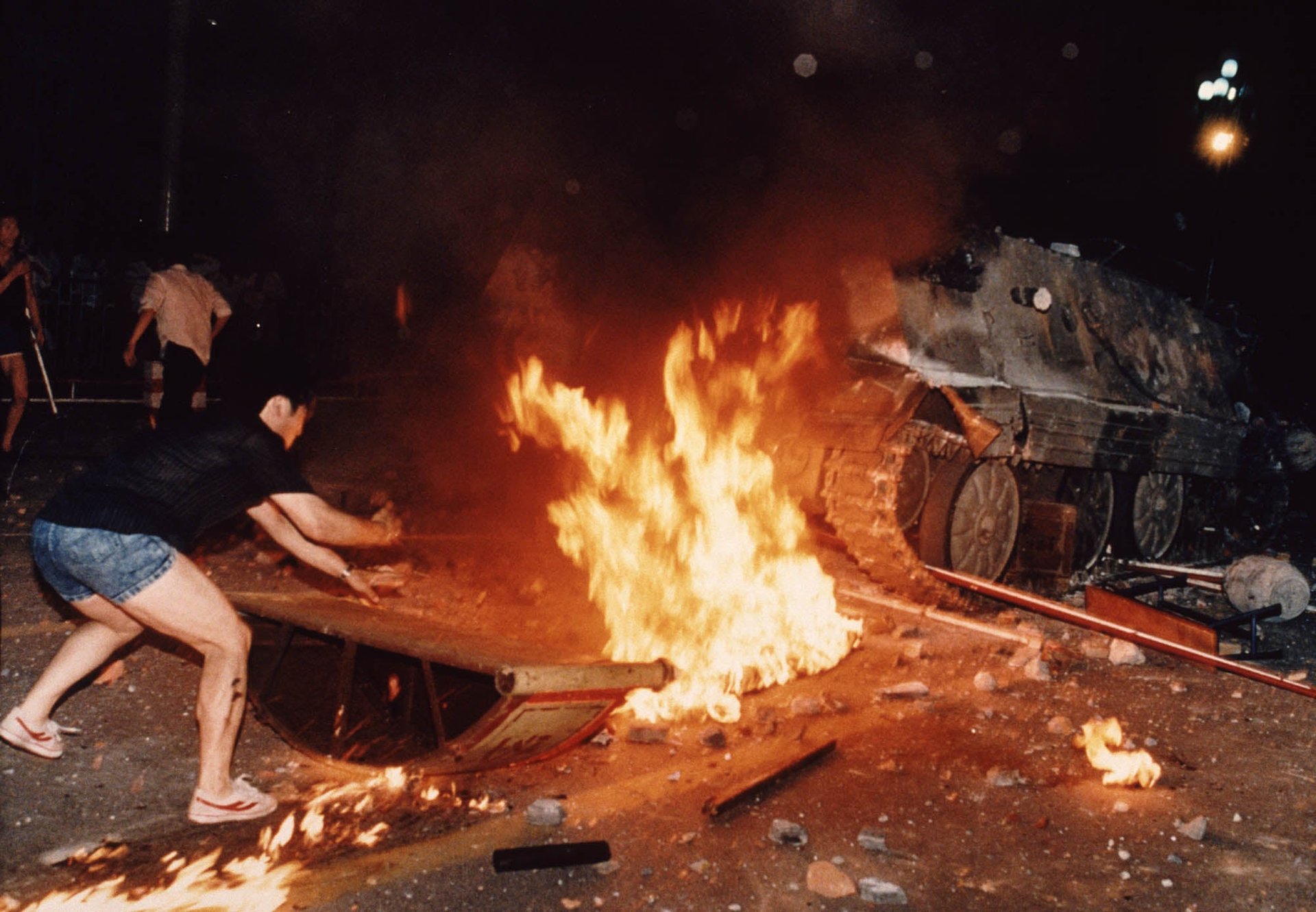Tiananmen Square photos China never wanted the world to see, 30 years later
Thirty years ago, from April 15 to June 4, 1989, the world was gripped by coverage of some of the largest protests in modern Chinese history. As many as a million people occupied the central Tiananmen Square in Beijing in protest against inflation, government corruption, and restrictions on freedom of speech and political participation.
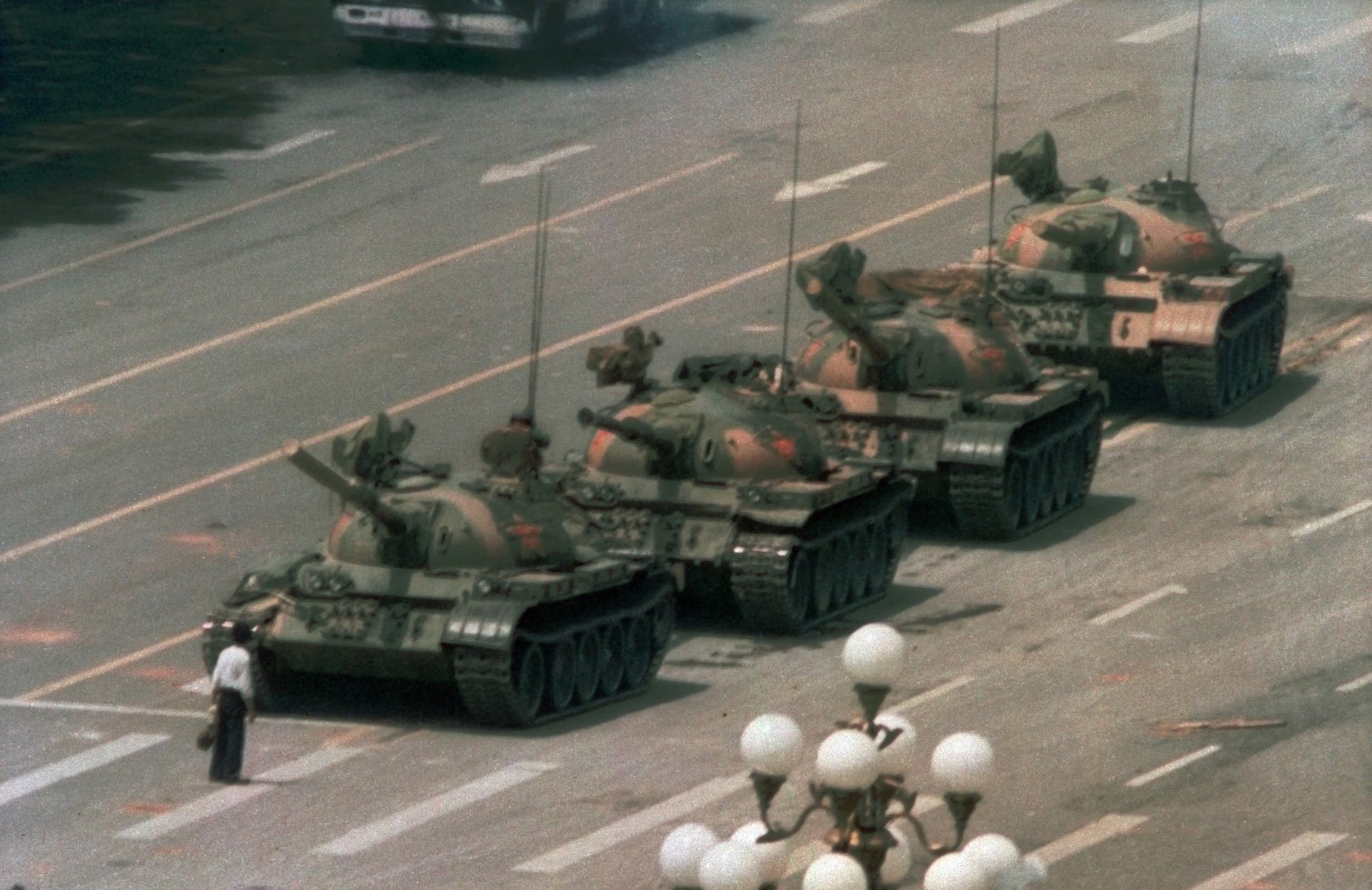

Thirty years ago, from April 15 to June 4, 1989, the world was gripped by coverage of some of the largest protests in modern Chinese history. As many as a million people occupied the central Tiananmen Square in Beijing in protest against inflation, government corruption, and restrictions on freedom of speech and political participation.
Eventually, the State Council declared martial law and mobilized 300,000 soldiers to the Chinese capital. On June 4, troops armed with assault rifles and tanks fired into the crowds of demonstrators and bystanders, killing thousands.
Images by foreign journalists such as Associated Press photographer Jeff Widener caught the attention of the world: His “Tank Man” photograph, shown above, was seen by millions. This image, of a solitary protester standing firm against four colossal tanks, still stays with him, he told the Guardian:“I live with it every day. Because no one knows where to find him, they come to me.” The image was reminiscent of Gandhi, he said. “He looks more vulnerable: a common man asking a question, like: why are you doing this? My feeling is that this guy had no concern for his safety. He was fed up and just didn’t care. He just wanted answers.”
In response to this coverage, the Chinese government expelled foreign journalists, limited how much the domestic press could cover the events, and either demoted or ousted any officials they believed might have been sympathetic to the protests, or their democratic aims. China had been steadily growing more and more liberal: these protests seem to have stopped permissive policies in their tracks, placing limits on political expression in China that persist to this day. Widener’s photos—including some of the pictures below—only made it out of the country thanks to a US exchange student, who, Widener says, smuggled the film in his underwear from his hotel to the US embassy.
